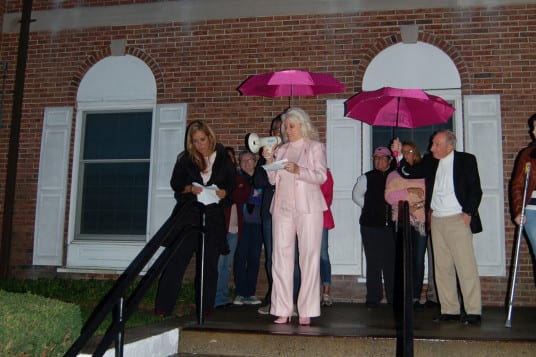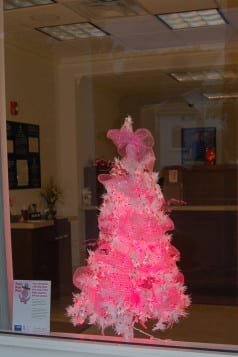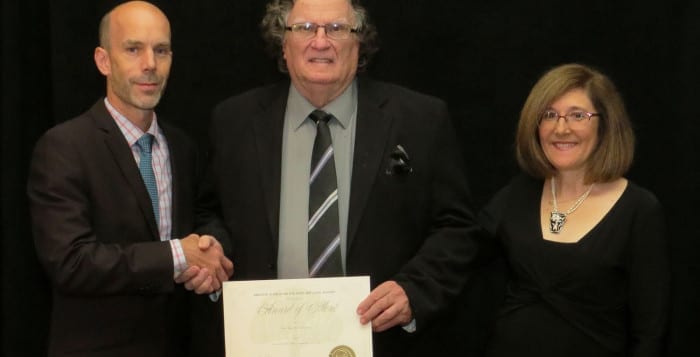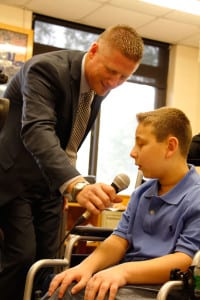By Larry Vetter
What does a vibrant industrial park bring to a town? The answer is simple: jobs and an increased tax base, to ease the burdens on everyone.
There are essentially two types of economic centers within the town of Smithtown. One type is visible. This is the downtown areas. The second is the industrial parks, equally important, but more hidden. When we think of industrial parks, Hauppauge immediately comes to mind; however, Nesconset, St. James and Kings Park also contain industrial zones.
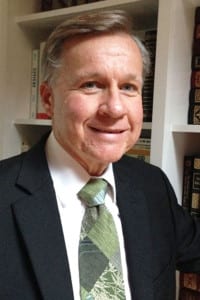
Recently, I had the opportunity to drive through the various zones. The Hauppauge, Nesconset and St. James zones consist primarily of warehouse-type structures, while Kings Park consists mostly of yard-type commercial businesses. Many of the buildings in the Nesconset and St. James zones are empty or significantly underutilized. The Hauppauge Industrial Park was once vibrant with a mix of light industry, manufacturing and warehousing. Today, there is also a malaise in this industrial park.
Suffolk County and several of the townships within the county have developed industrial development associations. They recognize the “Long Island Brain Drain,” where many of our well-educated young people cannot find the type of employment commensurate with their education. The primary purpose of these associations is to entice business into the county and more specifically to our towns. Today, Smithtown contains no such association. It seems to be a rather significant oversight to have, within our borders, one of the largest industrial parks, and yet not have any plans for developing it.
So what do we do? What seems to happen is that we sit back and hope. Our only initiative was to allow building owners to extend the roof heights in hopes of attracting business. So far, neither idea appears effective.
We need to once again think outside of the box. My solutions to this crucial problem are as follows:
1. Develop an industrial development association. This can be done with resources we already have within the town. It is not necessary to spend additional tax revenue on this process. We can piggyback with the existing Suffolk County program.
2. Actively entice businesses to Long Island. Who is to say that Hauppauge cannot become the next “silicone valley”? Technology companies often need minimal raw materials and shipping is often parcel post; something we are situated very well for.
3. Open discussions with Suffolk in an attempt to develop sewer system plans in Smithtown. As important as this topic is to homeowners, it is equally as important to businesses.
4. Suffolk County has a number of transportation initiatives. Why not work with the county to develop alternative transportation from our nearby rail hubs to enable easier movement into and out of the industrial park?
Smithtown is a great place. We have many hardworking families that take the education of their children seriously. As a result, there are well qualified individuals to staff modern technology enterprises. We have great public schools and nearby higher education facilities, as well as world-renowned research facilities. We have wonderful beaches and golf courses, and several nearby townships are undergoing a revival in eateries and entertainment. Finally, we are located very near one of the most vibrant cities in the world. It seems to me that it would not at all be a difficult sell, but like everything else, it must be worked for.
This November, take the opportunity to vote for individuals that will work toward solutions and not accept excuses for why things cannot happen. Let’s reverse the “Brain Drain” and give us all a chance to keep families together on Long Island.
The author is a Smithtown resident running for the Town Board on the Democratic line in November’s election.





